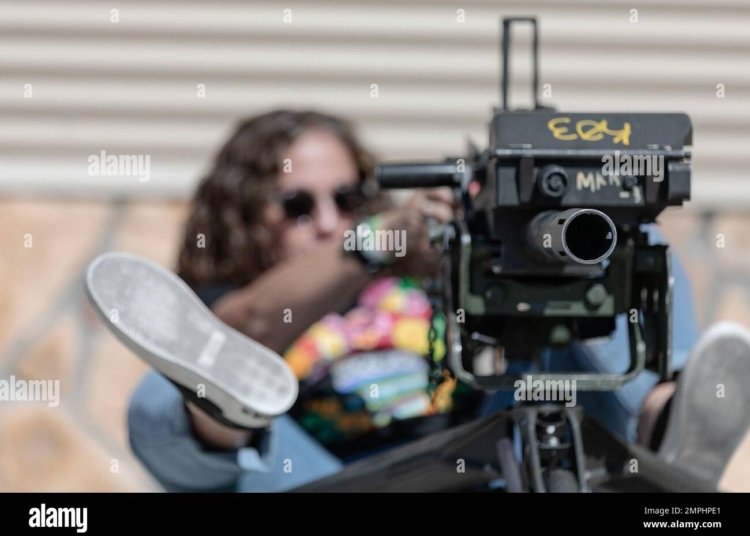Military education relies on a combination of theoretical knowledge and practical skills to prepare personnel for the challenges they may encounter in the field. Hands-on training resources are essential in honing these skills and shaping the capabilities of military personnel. By providing opportunities to apply theoretical knowledge in a practical setting, hands-on training enhances practical skills, builds muscle memory, strengthens teamwork and communication, and improves adaptability. Investing in hands-on training resources is crucial for ensuring that military personnel are well-prepared for the unpredictable nature of military operations. In conclusion, hands-on training resources play a vital role in military education and are essential for the success of military personnel in high-pressure situations.
The Importance of Hands-On Training Resources in Military Education
Introduction
Developing effective military personnel requires a combination of theoretical knowledge and practical skills. Hands-on training resources play a critical role in shaping the capabilities of military personnel and preparing them for the challenges they may face in the field. In this article, we will discuss the importance of hands-on training resources in military education.
Enhancing Practical Skills
Hands-on training resources provide military personnel with the opportunity to apply the theoretical knowledge they have acquired in a practical setting. This allows them to develop their practical skills and gain experience in handling real-world situations. By engaging in hands-on training exercises, military personnel can improve their decision-making abilities, problem-solving skills, and overall effectiveness in carrying out their duties.
Building Muscle Memory
Repetition is key to developing muscle memory, which is essential in high-pressure situations where split-second decisions can mean the difference between success and failure. Hands-on training resources allow military personnel to repeat tasks and procedures until they become second nature. This muscle memory can prove invaluable in combat situations, where quick and accurate responses are essential for survival.
Strengthening Teamwork and Communication
Hands-on training resources often involve collaboration with fellow military personnel, which helps strengthen teamwork and communication skills. By working together towards a common goal, military personnel can learn to trust and rely on each other, leading to more efficient and effective operations in the field. The ability to communicate effectively can be a matter of life and death in military situations, making hands-on training resources invaluable in fostering these skills.
Improving Adaptability
In the rapidly changing and unpredictable environments that military personnel operate in, the ability to adapt to new circumstances is crucial. Hands-on training resources provide military personnel with the opportunity to practice adapting to different scenarios and challenges, allowing them to develop the flexibility needed to respond effectively to unexpected situations. By exposing military personnel to a wide range of scenarios in a controlled environment, hands-on training resources can help prepare them for the unpredictable nature of military operations.
Conclusion
Hands-on training resources are an essential component of military education, providing military personnel with the practical skills, experience, and mindset needed to excel in high-pressure and demanding situations. By engaging in hands-on training exercises, military personnel can enhance their practical skills, build muscle memory, strengthen teamwork and communication, and improve their adaptability. Investing in hands-on training resources is crucial for ensuring that military personnel are well-prepared for the challenges they may face in the field.












